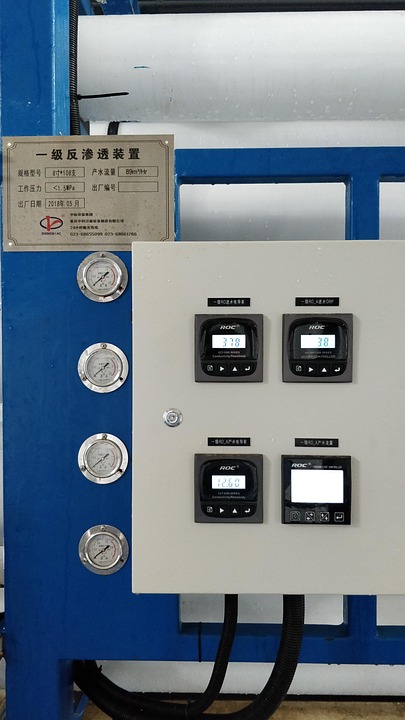Rainwater Harvesting Systems Integration with Processing Plants
Rainwater harvesting systems are becoming increasingly popular in various industries due to their environmental benefits and cost-saving potential. When integrated with processing plants, these systems can play a crucial role in water management, reducing reliance on municipal water sources and mitigating environmental impact. In this report, we will explore the benefits, challenges, and financial considerations of integrating rainwater harvesting systems with processing plants.
Benefits of Rainwater Harvesting Systems Integration
One of the primary benefits of integrating rainwater harvesting systems with processing plants is the reduction of water consumption from municipal sources. By capturing and storing rainwater for use in plant operations, companies can significantly reduce their water bills and decrease their environmental footprint. This also helps in conserving natural resources and reducing the strain on local water supplies.
Furthermore, rainwater harvesting systems can provide a reliable source of water for processing plants, especially in regions prone to water scarcity or drought. This can help companies ensure uninterrupted operations and reduce the risk of water shortages impacting production.
Another advantage of integrating rainwater harvesting systems is the potential for LEED certification and other sustainability credentials. Many processing plants are increasingly focusing on sustainability and environmental responsibility, and rainwater harvesting can be a key component of their green initiatives.
Challenges of Rainwater Harvesting Systems Integration
While the benefits of integrating rainwater harvesting systems with processing plants are significant, there are also challenges that companies may face. One of the main challenges is the initial investment required to install and maintain a rainwater harvesting system. Companies need to consider the cost of equipment, installation, and ongoing maintenance when evaluating the feasibility of such a system.
Another challenge is ensuring the quality of harvested rainwater for use in plant operations. Companies need to implement proper filtration and treatment processes to ensure that the water meets regulatory standards and is suitable for the intended use. This can add complexity to the system design and increase operational costs.
Additionally, companies need to consider the space requirements for storing harvested rainwater, especially in processing plants with limited space. Proper planning and design are essential to ensure that the system can meet the water demands of the plant without compromising operational efficiency.
Financial Considerations
The financial considerations of integrating rainwater harvesting systems with processing plants include both upfront costs and long-term savings. The initial investment in a rainwater harvesting system can vary depending on the size of the system, the complexity of the design, and the specific requirements of the plant.
According to industry data, the average cost of installing a rainwater harvesting system for a processing plant can range from $10,000 to $50,000, depending on the scale of the project. However, companies can recoup these costs through savings on water bills, reduced operational costs, and potential incentives or rebates for sustainable water management practices.
In addition to cost savings, companies can also benefit from tax incentives and credits for implementing rainwater harvesting systems. Many governments and municipalities offer financial incentives to encourage the adoption of sustainable water practices, which can help offset the initial investment and accelerate the return on investment.
Industry Insights
Several companies in the processing industry have successfully integrated rainwater harvesting systems into their operations, demonstrating the feasibility and benefits of such systems. For example, Company A, a food processing plant, implemented a rainwater harvesting system that reduced their water consumption by 30% and saved over $50,000 in annual water costs.
Company B, a chemical processing plant, installed a rainwater harvesting system that helped them achieve LEED certification and improve their sustainability performance. The system also reduced their reliance on municipal water sources and enhanced their reputation as a responsible corporate citizen.
Overall, integrating rainwater harvesting systems with processing plants can provide significant benefits in terms of cost savings, environmental sustainability, and operational reliability. While there are challenges to overcome, the long-term advantages of such systems make them a worthwhile investment for companies looking to improve their water management practices and reduce their environmental impact.




